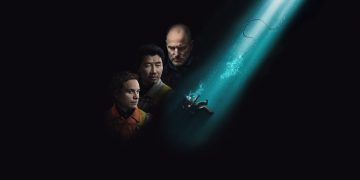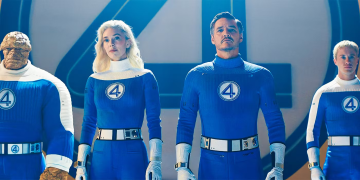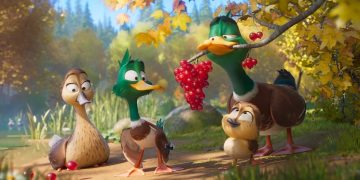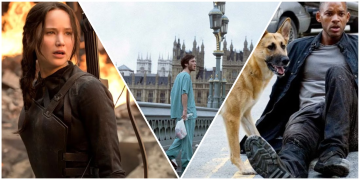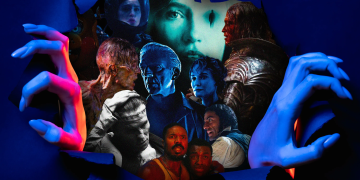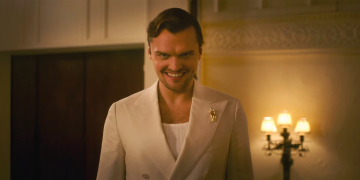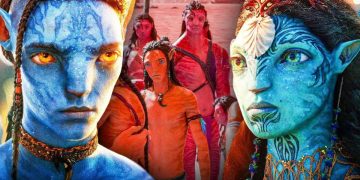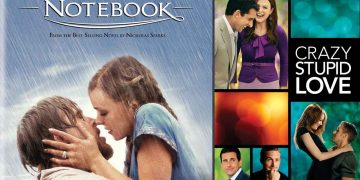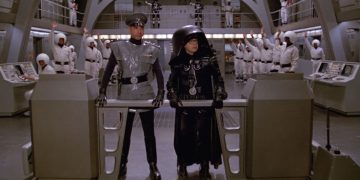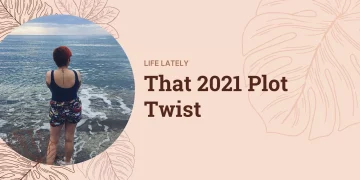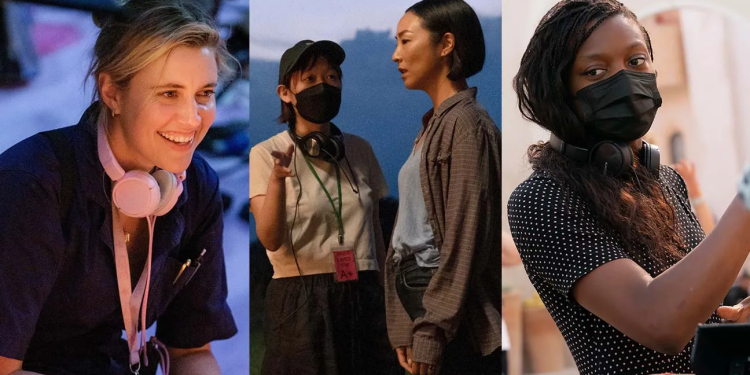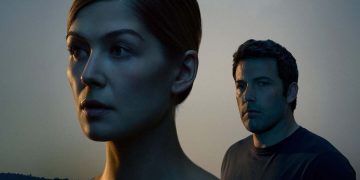For decades, the global film industry—especially Hollywood—has been dominated by male voices behind the camera. But in recent years, a powerful shift has been unfolding: women are no longer just muses in front of the lens—they’re becoming the storytellers behind it.
From prestigious awards to box office triumphs, from indie gems to cultural phenomena, female directors are proving that their vision is not just welcome—it’s essential.
1. Greta Gerwig: Telling Women’s Stories for the World
Greta Gerwig is perhaps the most visible face of the new wave of female filmmakers. With Lady Bird (2017), a tender and witty coming-of-age tale, she quickly established a unique directorial voice—introspective, emotionally intelligent, and deeply human.
She followed up with Little Women (2019), and most recently Barbie (2023), a box office juggernaut that sparked global conversations about gender, identity, and societal expectations.

“Gerwig transformed Barbie from a plastic icon into a symbol of modern womanhood.”
2. Chloé Zhao: Quiet Power, Profound Impact
Born in China and working in the U.S., Chloé Zhao’s films are intimate, poetic, and grounded in realism. With Nomadland (2020), she became the first Asian woman to win the Oscar for Best Director, telling a simple yet deeply resonant story about loss, resilience, and life on the fringes of society.
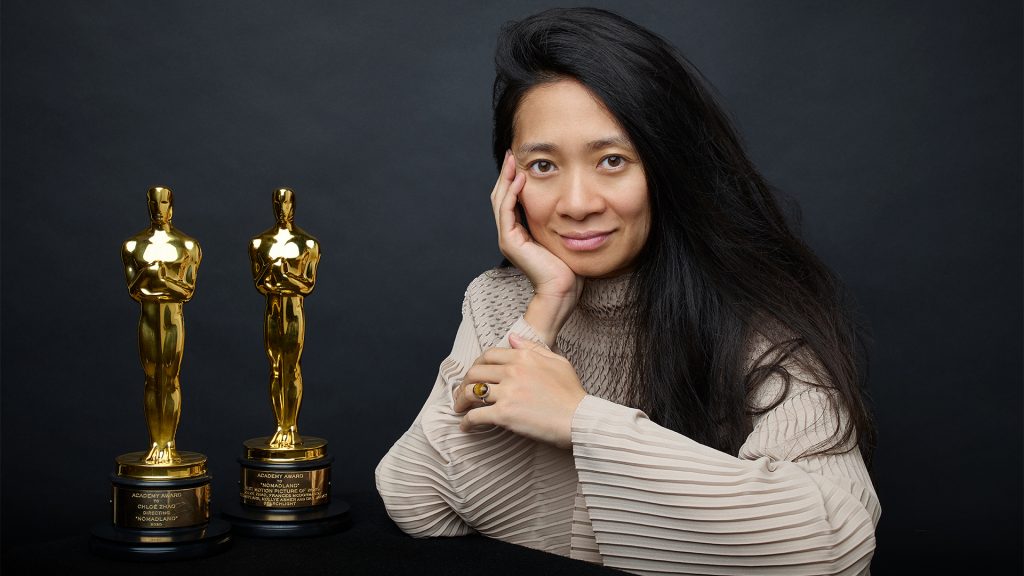
Zhao doesn’t shout—but her films speak volumes through subtlety and compassion.
3. Emerald Fennell, Celine Song, and the New Voices
- Promising Young Woman (2020), directed by Emerald Fennell, delivered a bold, stylish, and biting critique of rape culture and societal complicity.
- Past Lives (2023), the debut film from Celine Song, tells a gentle, heartbreaking story of love across countries, cultures, and time. Nominated for major awards, it captured audiences with its emotional quietude and aching sincerity.
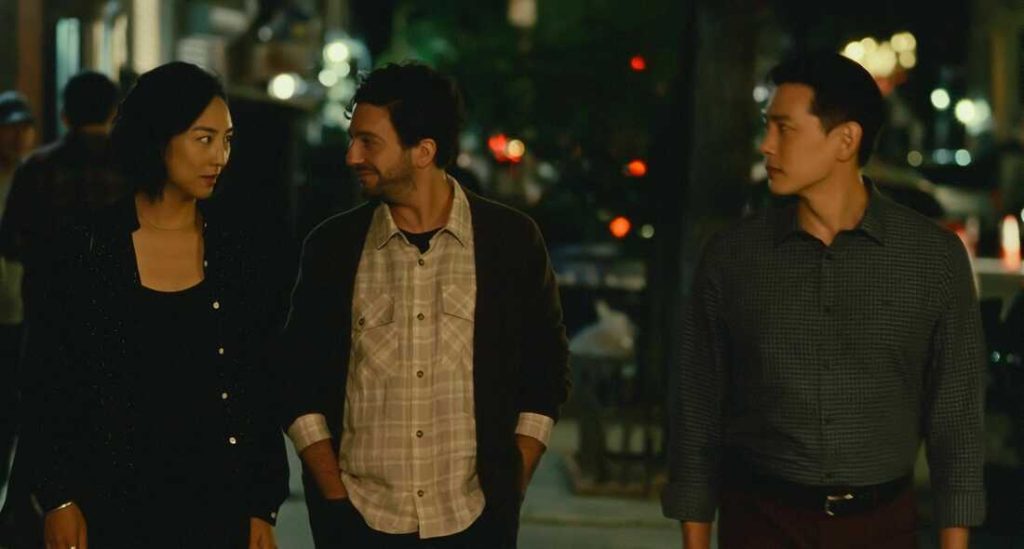
Caption: “Past Lives proved that soft voices can tell the loudest stories.”
4. When Women Tell Women’s Stories – Something Shifts
The emergence of female directors isn’t just about inclusion—it’s about transformation. These storytellers bring new perspectives on emotion, memory, identity, and the female experience, often missing in male-dominated narratives.
Films like Portrait of a Lady on Fire by Céline Sciamma or The Power of the Dog by Jane Campion show that sensitivity, subtlety, and ambiguity can be just as powerful—if not more so—than spectacle.
5. Barriers Remain, but the Door is Open
Despite these successes, the numbers remain discouraging. According to a 2023 USC Annenberg report, only about 12% of Hollywood films were directed by women.
Still, the landscape is shifting. Audiences are embracing diverse voices. And these women aren’t asking for space—they’re earning it, redefining it, and excelling in it.
Final Thoughts: When Women Direct, Cinema Grows Richer
Female directors aren’t here to fill quotas—they’re here to expand the emotional vocabulary of film, to tell stories we’ve never heard, or to tell familiar ones in entirely new ways.
Their rise is not just a victory for women—it’s a victory for storytelling itself. A reminder that when different voices are allowed to flourish, art becomes more human, more complex, and infinitely more powerful.
“They don’t make films to say ‘I’m a woman.’ They make films to say, ‘I have something to say—and it’s worth hearing.’”
— A critic on today’s generation of female filmmakers.


